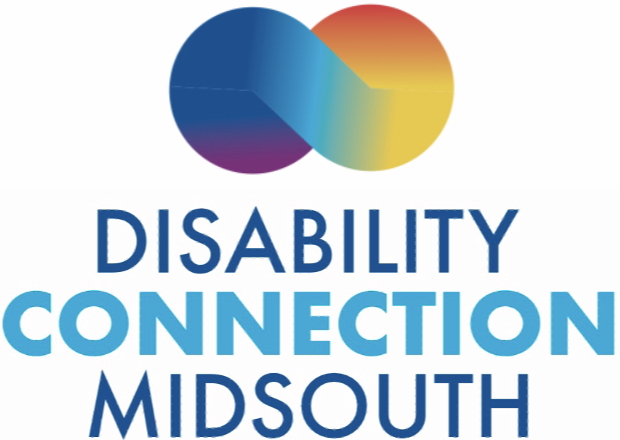June 22, 2021
Alison Barkoff, Acting Administrator and Assistant Secretary for Aging
On June 22, 1999, the U.S. Supreme Court issued its ruling in Olmstead v L.C., making clear that people with disabilities have a civil right under the Americans with Disabilities Act to live and fully participate in their communities.
In the opinion explaining that decision, the Supreme Court described the harms caused when people with disabilities are denied that right. First, it devalues and stigmatizes disabled people. The Supreme Court stated that it "perpetuates unwarranted assumptions that persons so isolated are incapable of or unworthy of participating in community life.” Second, it deprives people of many things that are important in life. The Court noted that confinement in an institution “severely diminishes the everyday life activities of individuals, including family relations, social contacts, work options, economic independence, educational advancement, and cultural enrichment.”
I have been advocating for the full inclusion of people with disabilities for most of my life and have been involved in Olmstead enforcement activities across the country throughout my career. Although the Supreme Court's words were written more than 20 years ago, they still ring true. I have seen first-hand the changes in the lives of people when they are given the opportunity – and the supports they need – to live the lives they want in the community. And I have seen how much richer our communities are when everyone is part of them.
We now have an entire generation that was born since the Olmstead decision; a generation that has always had the right to live, work and participate in their community. But rights are not always realities. Twenty-two years after the Supreme Court’s ruling, there are still far too many people who could – and want to – live in the community, but who are instead living in institutional settings because of a lack of access to the home and community-based services (HCBS) they need in order to do so.
The COVID-19 pandemic has laid bare the fact that institutionalization of people with disabilities is not only a civil rights issue but also literally a matter of life and death. More than one-third of COVID deaths were in nursing homes and other institutions (and disproportionately institutions that predominantly serve people of color). We lost nearly 200,000 wives, husbands, sisters, brothers, and friends in those institutions, and we know many of them were there because they lacked access to HCBS.
COVID-19 has created a national urgency to expand and strengthen our HCBS system, and we have already begun to see progress. For example:
- The American Rescue Plan included an unprecedented investment in states’ HCBS systems, providing a total of $12.7 billion through an increased federal match that can be used to transition people out of institutions, divert admissions, and serve people on waiting lists. This offers an important opportunity for disability and aging stakeholders to engage with their states on priorities for this funding.
- Congress recently reauthorized and expanded eligibility for the Money Follows the Person program, which helps transition people out of nursing homes and other institutions back to their community, as we described in a recent policy brief. ACL is working with our federal partners at the Centers for Medicare & Medicaid Services (CMS) as they expand the program.
- ACL, CMS and the U.S. Department of Housing and Urban Development are collaborating to address one of the biggest barriers to community living: the lack of accessible, affordable integrated housing. We are partnering to connect housing resources to people who are leaving, or at risk of entering, institutions. This collaboration involves strengthening partnerships between state Medicaid and disability agencies, public housing authorities, and the disability and aging networks. This partnership is more important now than ever, as new housing resources have become available through the American Rescue Plan and other COVID-19 funding packages.
- Perhaps the most significant of all new possibilities is President Biden’s commitment to strengthen the caregiving infrastructure, including his proposal for an additional $400 billion for HCBS through the American Jobs Plan. This is a once-in-a-generation opportunity to strengthen and expand HCBS and move closer to making the promise of Olmstead a reality.
Each day at ACL, we work to ensure that all people with disabilities and older adults have the opportunity to live, work and fully participate in their communities. Today, as we celebrate the Supreme Court’s Olmstead decision and all we have achieved over the last 22 years, we also recognize – and recommit to – the work that still must be done. We are looking forward to working with people with disabilities, their families, and our networks and partners to seize the unprecedented opportunities before us and to finally realize the true promise of Olmstead.
What others are saying about achieving the promise of Olmstead:
The Justice Department commemorates the anniversary of Olmstead v. L.C.


No comments:
Post a Comment